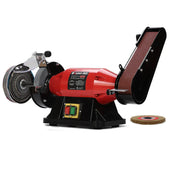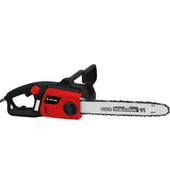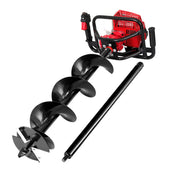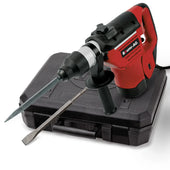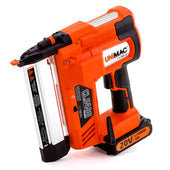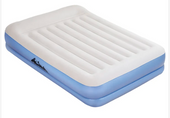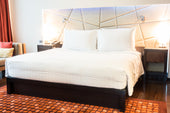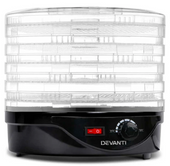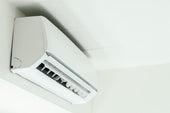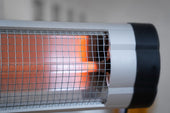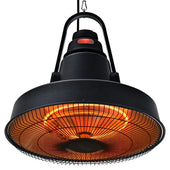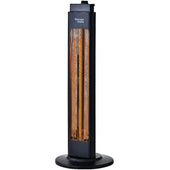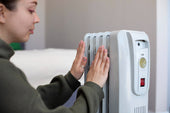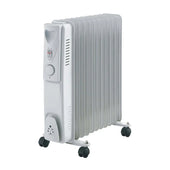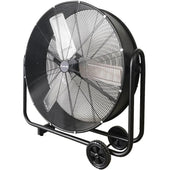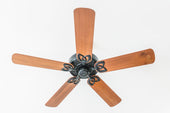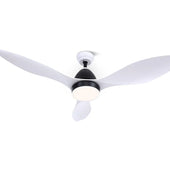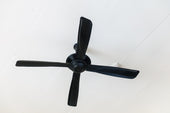Understanding the Basics of Reupholstery
Reupholstery involves replacing the fabric, padding, or other materials on a piece of furniture to restore its appearance and functionality. It requires basic tools such as a staple remover, fabric scissors, and a staple gun, as well as high-quality upholstery fabric. Understanding the chair’s structure is critical; dining room chairs typically consist of a removable cushioned seat secured by screws.
The process begins by carefully removing the old fabric and staples to avoid damaging the seat frame. After inspecting the padding, one decides whether to reuse or replace it. Precise measuring and fabric cutting ensure a seamless fit.
Tools and Materials You’ll Need
To reupholster a dining chair, the following tools and materials are essential:
Tools
- Staple Gun: A staple gun secures the new fabric tightly to the chair frame.
- Pliers: Use pliers to remove the staples from the old covering.
- Screwdriver: Unscrew the seat from the chair frame with a screwdriver.
- Scissors: Precision scissors will help cut the fabric to size.
- Tape Measure: Use a tape measure for accurate fabric cutting and measurements.
Materials
- Fabric: Upholstery-grade fabric ensures durability for frequent use.
- Batting or Foam: Add cushioning or renew the padding with batting or foam.
- Staples: Strong upholstery staples are necessary for securing the fabric.
Prepare additional items like chalk for marking fabric, ensuring precision.
Choosing the Perfect Fabric for Your Dining Chairs
When selecting fabric for dining chair upholstery, durability is a key consideration, as leather dining chairs and other high-traffic styles endure frequent use. Opting for tightly woven fabrics like cotton blends or synthetic materials can ensure longevity and resistance to wear. Fabrics treated with stain-resistant finishes are ideal for dining spaces where spills are common.
The fabric’s colour and pattern should complement the room’s décor while also being practical; darker tones or intricate patterns can help camouflage minor stains. At During Days, for added elegance, fabrics like velvet or linen may suit formal settings. Always check fabric weight, ensuring it’s thick enough to withstand reupholstery staples and stretching.
Preparing Your Workspace for Reupholstery
A well-organised workspace is essential for efficient and successful reupholstery. Start by choosing a flat, sturdy surface such as a workbench or a large table. Ensure the area is well-lit to help with precision during tasks like fabric cutting and staple removal. Clear away any clutter to create ample space for tools and materials.
Gather all necessary tools before beginning. Common items include a staple remover, scissors, screwdriver, staple gun, upholstery fabric, foam, and batting. Protect the floor or table with a drop cloth or old blanket to avoid scratches or damage.
Keep a bin nearby for discarded staples and fabric remnants.
Removing the Old Upholstery
To start removing the old upholstery, flip the outdoor dining chairs upside-down to inspect the underside. A flathead screwdriver or staple remover can be used to carefully pry out staples or tacks securing the fabric. Take care not to damage the chair frame during this process. Remove all staples along the edges, pulling out remaining fragments with pliers if necessary.
If the fabric is attached with nails or upholstery tacks, use the claw end of a hammer to lift them gently. Store any removed fastenings for reference. Once all securing elements are taken out, detach and remove the old fabric completely.
Inspecting and Repairing the Chair Frame
Begin by carefully examining the chair frame for damage or wear that might affect its stability. Look for loose joints, cracked wood, or any frayed areas. Ensure that screws, nails, or bolts are tightly secured. If any joints are wobbly, apply wood glue to reinforce them and clamp them securely until dry. Replace broken or missing parts using materials that match the original frame, such as a similar type of wood or hardware. Sand rough areas to remove splinters and ensure a smooth surface. This step guarantees a solid base for reupholstering and prevents future structural issues.
Cutting and Preparing Your New Fabric
- Spread the new fabric on a flat surface, right side facing down, ensuring it is free of wrinkles or folds.
- Remove the old fabric from the chair and use it as a template by laying it on top of the new fabric for accurate measurement. If the original fabric is damaged, measure directly from the chair seat instead.
- Mark the outline onto the new fabric using chalk or a fabric marker, leaving an additional 5–7.5 cm (2–3 inches) on all sides for stapling.
- Use sharp fabric scissors to cut along the marked lines, moving steadily to avoid uneven edges.
- Inspect the cut piece for accuracy, aligning patterns or motifs where applicable.
Attaching the Foam and Batting
Start by cutting the foam to match the dimensions of the seat base, ensuring it fits snugly without excess overhang. Place the foam centrally on the seat base. Lay the batting over the foam, allowing enough to wrap securely around the edges and under the base. Smooth out wrinkles to ensure an even surface.
Using a staple gun, begin attaching the batting underneath the seat. Work methodically, pulling taut but not overstretching. Start at the centre of each side, then move towards corners to minimise puckering. Fold corners neatly for a seamless finish. Trim excess batting for a polished look before proceeding further.
Stapling the New Fabric in Place
Begin by centring the fabric on the chair seat, ensuring any pattern aligns as desired. Pull the fabric taut but not overstretched to avoid distorting patterns or causing strain. Start stapling at the centre of one side, placing the first staple roughly 2 cm from the edge. Move to the opposite side, pulling the fabric snugly and securing it with another staple at the centre.
Continue stapling outward from the centre on each side, alternating sides to maintain even tension. For the corners, fold the fabric neatly in pleats to create a smooth finish before stapling. Trim excess fabric for clean edges.
Adding Finishing Touches and Trims
Once the fabric is securely attached, it’s time to refine the edges and ensure a polished result. Trims like decorative piping, fringe or upholstery braid can be added to conceal staples and sharp edges, enhancing the visual appeal. Use a hot glue gun or fabric adhesive to secure these trims neatly along the edges.
Inspect the seat’s underside for any stray threads or loose fabric and ensure the chair legs are firmly attached. If rattan dining chairs or other special designs feature upholstered buttons or tufting, adjust them for uniformity. Taking care of these final details ensures the chair not only looks professional but maintains durability over time.
Reassembling and Securing Your Chair
-
Position the Seat: Align the newly reupholstered seat back onto the chair frame. Ensure that it fits securely into its original position and that the fabric is evenly distributed.
-
Reattach Screws: Use a screwdriver to fasten the screws you removed earlier. Tighten them evenly to avoid misalignment, but avoid over-tightening as it may damage the wood.
-
Check Stability: Once secured, ensure the seat is firmly attached and does not wobble. Adjust screws if necessary for a snug fit.
-
Add Protective Pads: Apply felt pads to the bottom of the chair legs to prevent floor scratches and improve stability.
Tips for Maintaining Your Newly Upholstered Dining Chairs
- Vacuum Regularly: Use a handheld vacuum or upholstery attachment to remove dust and debris to prevent build-up, which can cause wear.
- Clean Spills Immediately: Blot spills with a clean cloth to avoid stains. Avoid rubbing, as it may push the spill deeper into the fabric.
- Use Fabric Protectors: Apply a fabric protection spray for added resistance to stains and dirt. Test on an inconspicuous area first.
- Rotate Chairs Periodically: Rotate the placement of your black dining chairs or others for even use and to minimise uneven wear.
- Avoid Direct Sunlight: Prolonged sunlight exposure may cause fading; keep white dining chairs and similar light fabrics away from windows or use blinds.



